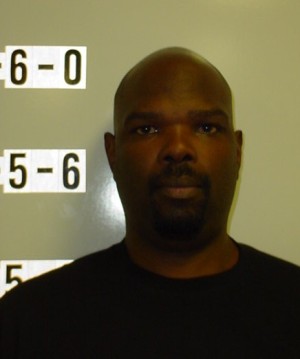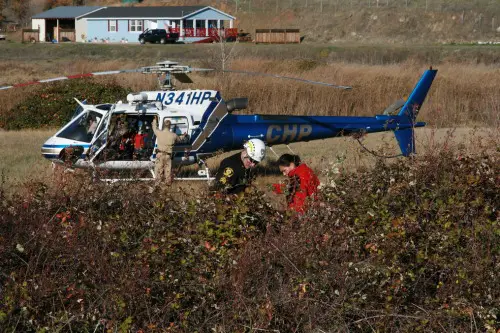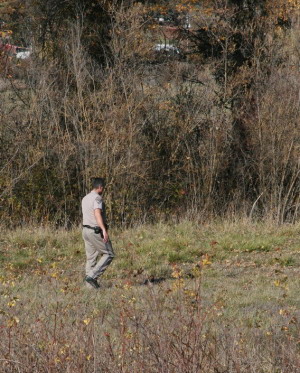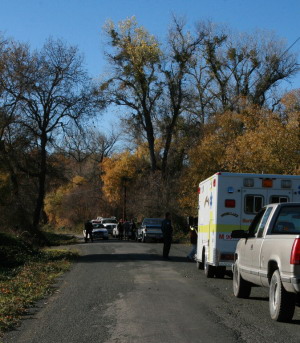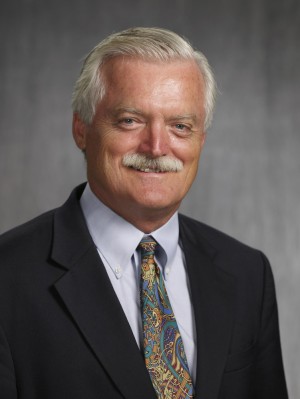- Elizabeth Larson
- Posted On
Robinson Rancheria council begins disenrollment of dozens of tribal members
NICE – The Robinson Rancheria Band of Pomos Citizens Business Council this week is holding hearings that could have serious implications for the future of dozens of people whose lives are shaped by their unique identity as native Pomo.
Of the tribe's 347 voting members, 60 have been notified that they are being considered for disenrollment, according to Tribal Chair Tracey Avila.
Other sources within the tribe estimate the number of potential disenrollments to be as high as 74.
Whichever number is correct, both sides agree that this is the largest disenrollment action the tribe has ever attempted in its history.
The action's results could be devastating for those who find their names removed from the tribe's rolls.
Entire families face the loss of their homes, jobs, health care, education and a sense of their own identity. Homebound elders may no longer receive much-needed meals or monthly retirement checks. A daughter of the tribe's last chief also is reported to be up for dismissal.
Those up for disenrollment may have a slim hope of recourse, as the tribe's constitution contains an appeals process involving the Bureau of Indian Affairs which, in many tribal disenrollment cases, can't get involved, said Bureau of Indian Affairs Deputy Regional Director Dale Risling.
Potential disenrollees said the move is based on politics and greed, and that it's arisen out of a disputed June election that was decertified. They say they're being removed from the tribal rolls before a January election is planned so they can't vote to replace key council members trying to hold onto power.
John Gomez, president of the American Indian Rights and Resources Organization (AIRRO), agrees with those assessments of the Robinson Rancheria situation.
In California to date, an estimated 2,000 Indians have been disenrolled by 15 California tribes – not including those currently proposed at Robinson, said Gomez, noting that disenrollments often evolve around political issues and elections.
Avila, the tribe's current chair, denies those allegations, saying that the disenrollments are a matter of tribal housekeeping, and merely an attempt to deal with longstanding questions about the validity of some members' claims.
The tribal members proposed for disenrollment received certified letters dated Nov. 20 – ironically, during the midst of Native American Heritage Month – notifying them that they were proposed for removal from the tribe's rolls, according to a copy of such a letter obtained by Lake County News.
Further, they were told they could request an appeal hearing with the Robinson Rancheria Citizens Business Council, during which they would have a half-hour to make their case for keeping their membership in the tribe. However, they had five business days to respond to the letter, and many tribal members live out of state.
Those appeal hearings began on Monday and have run throughout the week, according to tribal members.
Tribal chair says it's housekeeping; members say it's politics
Avila told Lake County News this week that the proposed disenrollment actions are predicated on the three specific dates of membership – which correspond to censuses of tribal members – included in the tribe's constitution. Those people whose names aren't on the rolls are now up for removal from tribal membership and benefits.
“This has been on the table for many, many years,” said Avila, estimating that it goes back to 1990.
Until now, the matter has been overlooked by Robinson's leadership, she said. Avila noted that some of those people who face losing their membership were on past tribal councils.
Luwana Quitiquit, a traditional Pomo artist who makes baskets and jewelry, and creates traditional buckskin clothing, is one of the members facing disenrollment, along with most of her family.
Quitiquit quoted tribal Vice Chair Curtis Anderson Jr. as having said publicly, and repeatedly in the past that everyone currently enrolled in the tribe is a member unless they relinquish their membership – or die.
Anderson was contacted for this article but chose not to offer comment.
Quitiquit didn't have a hearing this week, although she has requested one. “I didn't get that opportunity.”
She said she's waiting for written notification of her hearing, which is supposed to be set at a time and date of her choosing. But the council appears to have been assigning hearing times and dates in most cases.
When Quitiquit does go, she plans to take with her a thorough document outlining the disenrollment action's improprieties and her own lineage. She'll also carry with her a picture of her mother, Marie Boggs Quitiquit, who died at age 76 in 1997.
Quitiquit questions violations of due process, civil rights and privacy – the latter in relation to members' personal files held in tribal officials' hands.
She also points to the tribal constitution's double jeopardy clause as a defense. That's important in her case because she has faced a threat to her membership before when, in 1983, the tribal council attempted to have her and six other members removed.
At the time, tribal elder Wilbur Augustine did extensive research into Quitiquit's family lineage, and spent 10 hours going over it with Bureau of Indian Affairs enrollment officers, she aid.
The result, Quitiquit said, was that they affirmed her membership based on descent from her grandfather, Lumen Boggs, whose name appeared on early rolls.
Since then, there have been “small corrections” here and there to membership, usually on a case-by-case basis – “never anything this big,” she said.
This time, Quitiquit says it's political, since she and her family already have proven their ancestry qualifies them as members. She said she confronted Avila on Nov. 13 at the casino, and Avila admitted that it was political on the part of other council members.
Currently the chair of the tribe's constitution committee, and a former member of the election and amendment committees, Quitiquit stated that she believes the impetus for the disenrollment actions stems from a June 14 election in which Avila was defeated by EJ Crandell for the tribal chair seat.
Timing raises issues about upcoming election
Crandell, 32, an Iraq war vet, returned to Lake County in 2004 after a six-year stint in the US Army, where he attained the rank of sergeant.
He was a member at-large on the tribal council from January 2006 to September 2007, serving along with Avila, who said she has been tribal chair since October 2006.
Crandell alleges that Avila appealed his win and the tribe's election committee – dominated by the powerful Anderson family, of which Avila is a member – voted to decertify the election and reset it for January.
Avila said the June election was invalidated “due to some discrepancies,” although she would not specify what they were, saying it was tribal business.
She said it's not the first time a tribal election has been invalidated, which she went on to say has happened to all of them. “It's always been that way.”
The tribe held a general membership meeting on Oct. 25 at which members demanded that Avila and other council members who had been voted out step down to make way for the new council members, including Crandell.
While 119 people voted to have Crandell seated, Avila said the rest of the 347 voting members voted to have the election invalidated, which Crandell disputes, saying the full membership wasn't even there.
Lake County News obtained a DVD copy of a video of the meeting, which showed a unanimous floor vote – with people raising their hands – supporting having Crandell seated. The meeting ended with the tribal council telling tribal members to leave or else they would be removed by security. Tribal members agreed to leave peacefully on their own after the heated gathering.
Avila dismissed the meeting as par for the course. “Those meetings are always like that.”
Crandell said the opposite, that the meetings aren't commonly full of unrest.
Avila said the people proposed for disenrollment aren't on the list because they supported Crandell. However, Quitiquit said the council had people photographing those with their hands up in support of his election. Those people then began receiving the disenrollment letters.
“I don't know why this is such a big issue,” said Avila.
When asked if she realized how the timing of the disenrollment – just a month before the election – gives rise to that concern, she said, “I can understand why they would think that.”
But she insisted that isn't the case.
Avila also acknowledged that the tribe has not previously attempted to remove so many people at one time from the rolls.
Crandell is championing the families facing disenrollment. He's been meeting with BIA officials in an effort to get some redress, and is helping potential disenrollees draft appeal letters to the BIA.
He says the disenrollment action violates the tribal constitution's basic tenets, including bill of attainder – which targets a specific group or individual and punishes them without benefit of trial – and ex post facto, or retroactive, law.
Avila does not dispute that the people being proposed for disenrollment are Indian. Rather, she said they come from other tribes.
The issue of the January election may be a moot point. Crandell said the election committee has informed him that he cannot run, so Avila will seek reelection unopposed.
Crandell said he wants to see the will of the tribe honored. “Peace is the ultimate thing.”
Tomorrow: Disenrollments as a state and national issue, and the far-reaching implications of disenrollment on the lives of those facing the loss of membership.
E-mail Elizabeth Larson at This email address is being protected from spambots. You need JavaScript enabled to view it..
{mos_sb_discuss:2}

 How to resolve AdBlock issue?
How to resolve AdBlock issue? 
